Trump gets the facts wrong, but homicides in some cities are up after a long decline
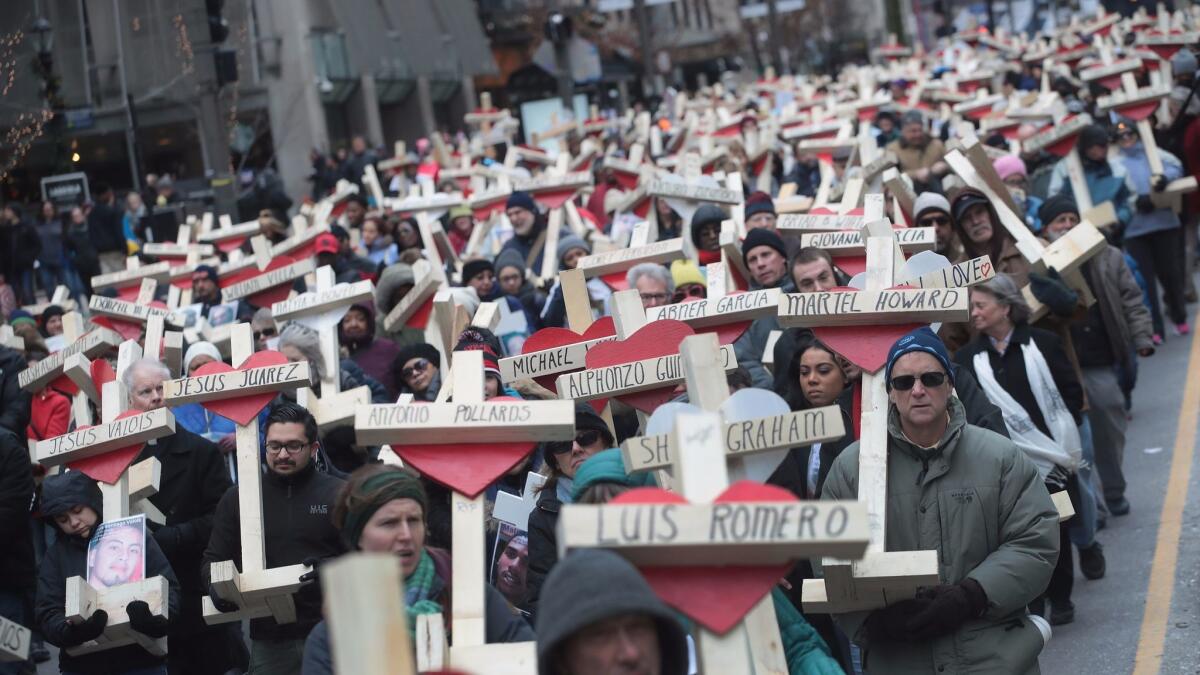
They are falsehoods President-elect Donald Trump has repeated over and over again: “Inner-city crime is reaching record levels.”
“The murder rate in the United States, it’s the worst, the highest it’s been in 45 years.”
“You won’t hear this from the media: We have the highest murder rate in this country in 45 years.”
You won’t hear it from the media because it isn’t true. But that’s also not the whole story.
Though mostly far below their record levels in the 1980s and 1990s, homicides have jumped dramatically in some U.S. cities over the last two years, breaking from America’s decades-long decline in violent crime as Trump prepares to take control of federal law enforcement agencies. And as often is the case with crime statistics, experts can’t pinpoint what causes numbers to rise or fall.
Although the FBI won’t release 2016’s national homicide totals for a while, in some cities the numbers are hard to ignore, representing hundreds more lost lives, broken families and mourning neighborhoods.
Chicago saw at least 762 victims, its most since 1996. Killings there soared more than 50% compared with 2015. Memphis, Tenn., saw a record 228 deaths. Las Vegas had its highest homicide total in at least 20 years, and so did San Antonio.
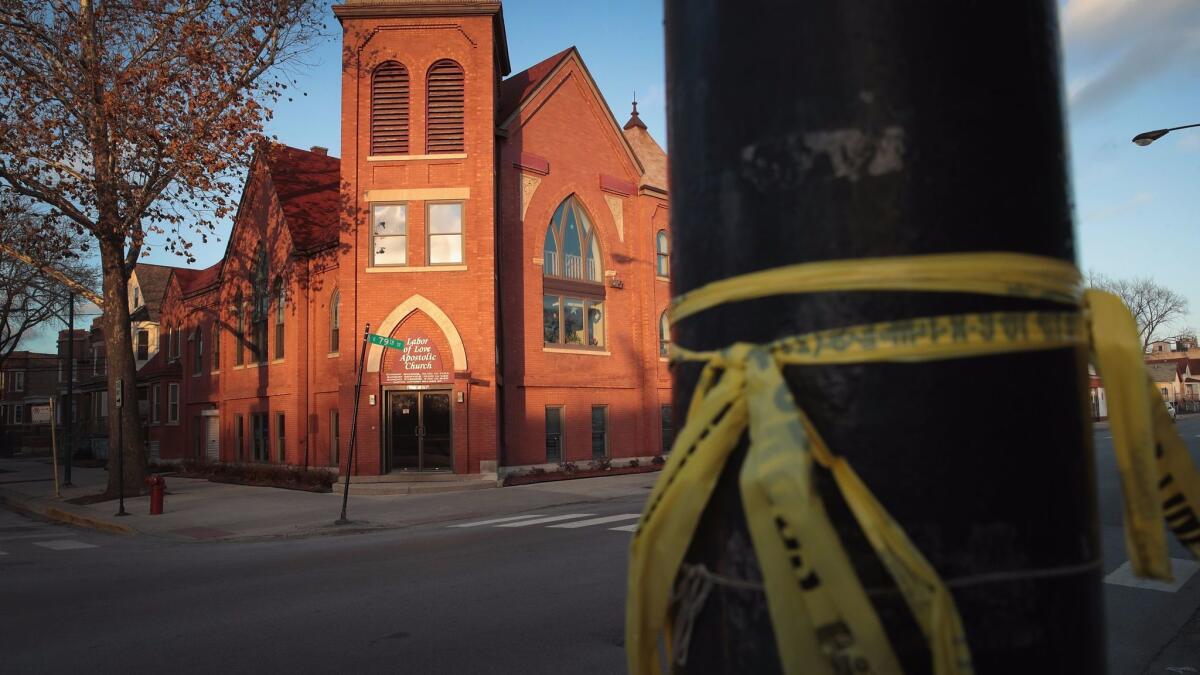
Other metro areas seemed to settle into an ugly new normal. Baltimore just had its second-deadliest year ever per capita, after 2015, when fatal and nonfatal shootings soared by more than 75%. Baltimore’s 2016 death toll was 318 victims, a dip from at least 344 a year earlier.
Milwaukee’s 142 homicides nearly kept pace with its bloodshed of 2015, the city’s deadliest year since 1993. (In 2015, Milwaukee’s homicides jumped nearly 69%.) The situation was similarly unchanged in 2016 for St. Louis, whose 2015 was its deadliest in 20 years.
Yet if you keep looking around, the picture gets more complicated. Homicides also rose in Los Angeles in 2016, but by a much smaller amount: 5%. The city is still far less deadly than it was even a decade ago.
Homicides in Washington, D.C., dropped by 17% compared with 2015. New York City saw a small decline of homicides in 2016 and almost beat its record low. Homicides in Baton Rouge, La., and its surrounding parish plummeted 22%. It doesn’t lend for easy explanations for experts.
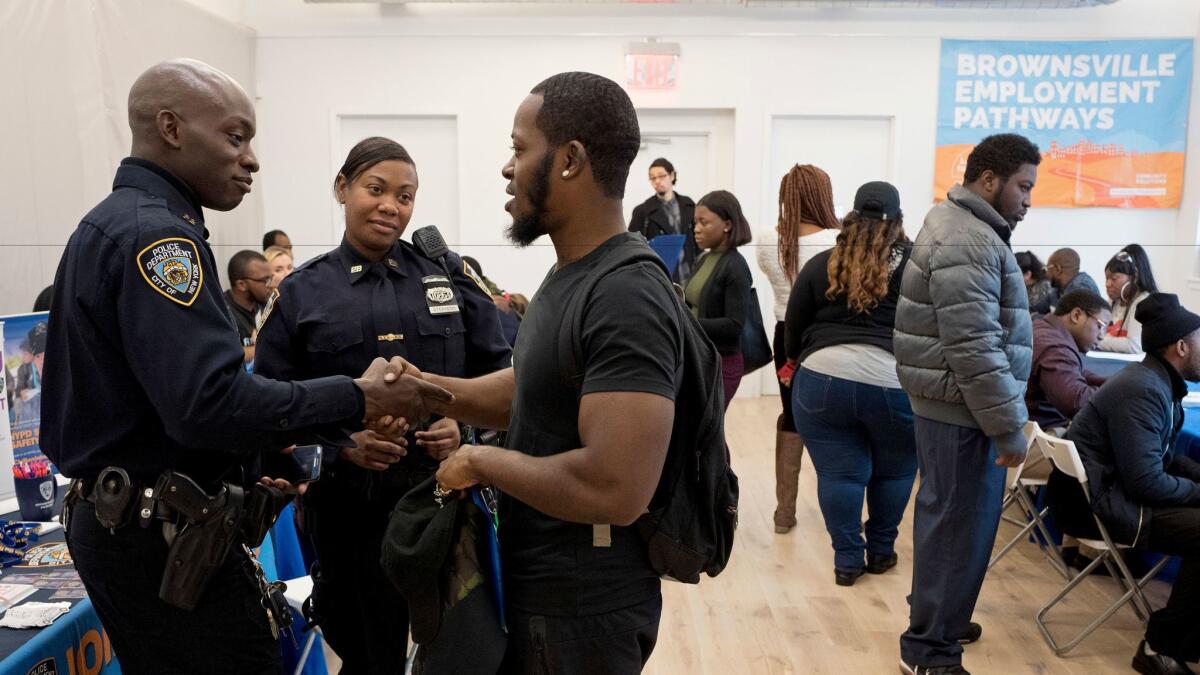
“Can we explain either the general direction, or more importantly, the pattern of change?” said Franklin Zimring, a professor of law at UC Berkeley who has studied crime rates. “The answer is: not really.”
History has shown that crime rates can behave unpredictably and that presidents, while making crime a top campaign issue, have had limited success in decreasing homicides.
Sixty years ago, in 1957, America’s homicide rate was 4.0 killings for every 100,000 people, the lowest point of the 1950s. It hasn’t been that low since.
Homicides began to seriously jump in the U.S. in the late 1960s, a time when deep social upheaval roiled the nation. For the first time, polls showed Americans believed crime was the nation’s No. 1 problem.
Seeking to capitalize on those fears, Republican presidential candidate Richard Nixon ran on a “law and order” campaign platform in 1968, partly to court white voters in the South. During his first term in the Oval Office, Nixon declared a war on drugs, citing abuse and calling narcotics “a major contributor to crime.”
But it didn’t work. Homicides kept increasing through the rest of Nixon’s time in office and the rest of the 1970s.
By the 1980s, America was almost twice as deadly on average as the 1950s. President Reagan called for a tougher approach after taking office.
“Many of you have written to me how afraid you are to walk the streets alone at night,” Reagan said in a 1982 radio address. “We must make America safe again, especially for women and elderly who face so many moments of fear.”
Death sentences soared during the 1980s, and so did prison populations, often with the help of state legislatures, where politicians embraced mandatory-minimum prison sentences that brought tougher punishments for drug-related offenses and violent crimes.
There was a moment in the early 1980s when homicides began to drop. “It dropped so much in between ’80 and ’85 that we were having conferences called ‘Crime is down — Why? What happens next?’ ” Zimring said. “What happened next is it went back up.”
Depending on which way you count, America’s worst-ever year for homicides in the modern era was either 1980 — when the homicide rate hit its peak at 10.2 killings for every 100,000 people, with 23,040 homicides — or in 1991 — when a record 24,703 people were killed. The homicide rate for 1991 was 9.8 deaths per 100,000 people, according to FBI statistics.
But then the unexpected happened: Carnage began to subside in the 1990s, slowly but surely, and continued to drop for the next two decades.
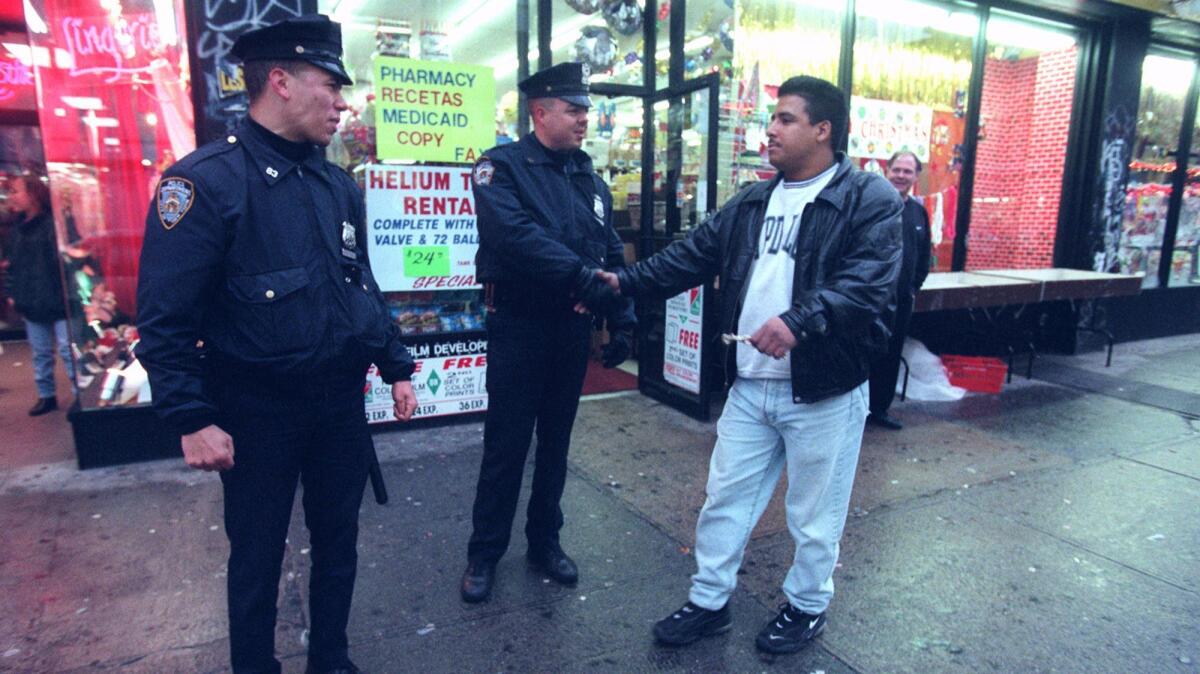
The trend puzzled experts. Some suggested it had to do with tough prison sentences and larger, more skilled police departments. Some suggested it was the result of more abortion. Some suggested it was video games keeping kids busy and off the streets.
Some credited lower lead poisoning rates, which led to less developmental damage in children.
Mass incarceration also didn’t offer an easy explanation. “In the last half of the 1980s, which had the largest increase in imprisonment in American history, crime went up,” Zimring said. “There aren’t any easy answers that fit the data.”
By 2014, homicides had dropped to levels not seen since the early 1960s: 4.5 killings for every 100,000 people, or 13,280 deaths, according to the FBI.
By then, much of the mainstream debate about violence had focused on preventing mass shootings, which represented a small but politically charged portion of the nation’s homicides. A surging liberal justice reform movement found an ally in the Obama administration.
Then homicides began to jump in some cities in 2015, leading to a new generation of theories, speculating that the causes could be due to surging heroin use, more inmates being released from prison, and “the Ferguson effect,” which claims that criticism and protests of police over a few highly controversial cases had led to less aggressive policing overall.
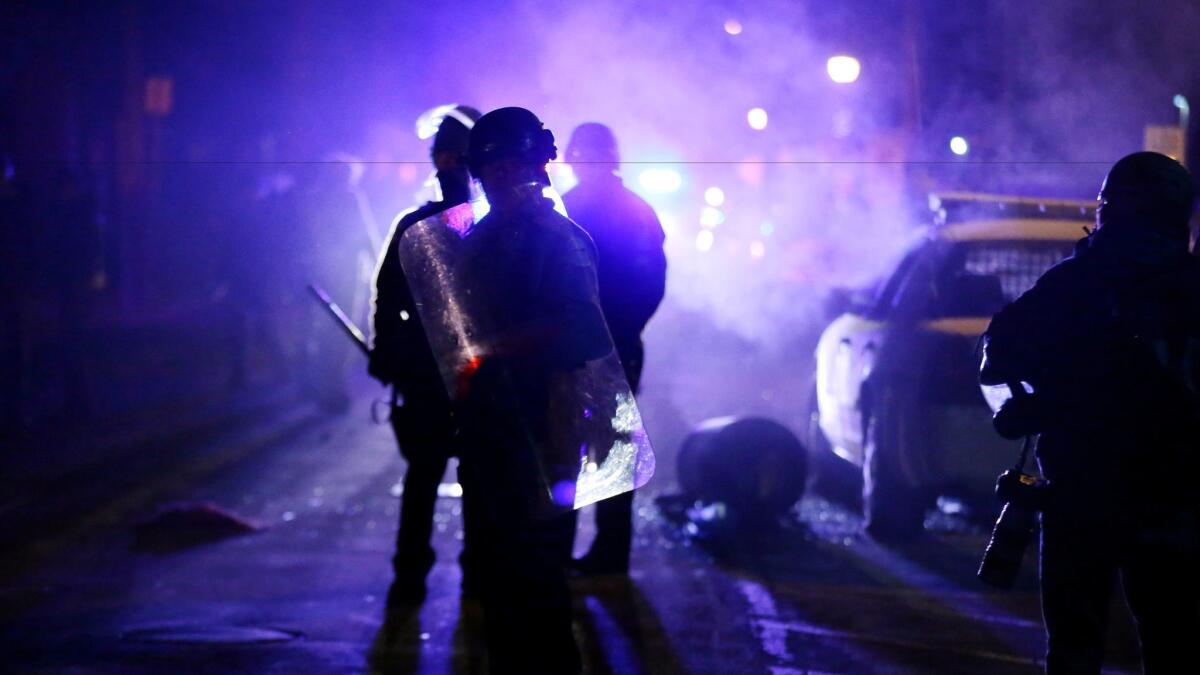
On Monday, Trump addressed his concerns about Chicago, tweeting incorrectly that Chicago’s murder rate was “record setting.” (Chicago’s highest death toll was in 1974, and its deadliest year per capita was in 1994.) He also appeared to offer his assistance to Mayor Rahm Emanuel. “If Mayor can’t do it he must ask for Federal help!” Trump tweeted.
Zimring had his doubts that, whatever Trump’s agenda, the president could make a clear impact on the homicide rate. “We can’t just give it another dose of what worked last week, because we don’t know what worked last week,” Zimring said.
He added of presidents trying to bring down crime: “If Nixon didn’t, if Lyndon [Johnson] didn’t, if Jimmy Carter didn’t and Ronald Reagan didn’t, then why should Mr. Trump?”
Email: [email protected]
Follow me on Twitter: @mattdpearce
ALSO
Nuclear experts to Trump: More than tweets are needed to stop North Korea
Republicans finally have the power to repeal Obamacare, but they’re still not sure how
Congress opens with an ambitious Republican agenda for the Trump era
More to Read
Sign up for Essential California
The most important California stories and recommendations in your inbox every morning.
You may occasionally receive promotional content from the Los Angeles Times.











